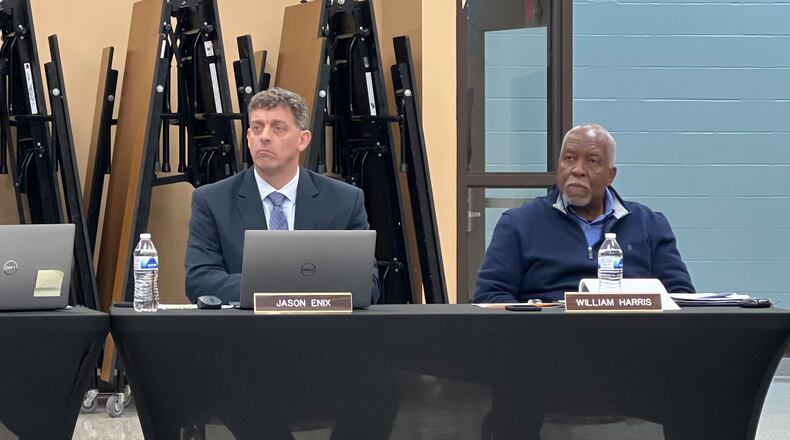According to its five-year forecast, the district had $59.2 million in the bank last summer. That equaled about 75% of one year’s expenses, which is about double the statewide average, according to a recent Dayton Daily News study.
Huber Heights school treasurer Penny Rucker said her district is concerned about projected deficit spending in the next few years.
“We based the amount of the levy on the amount of money needed ($6.9 million) to continue the current level of services without the large compounding of deficit spending,” she said.
The levy would cost the owner of a $100,000 home $284.20 per year and would generate $6.9 million per year in revenue for the schools, according to the Montgomery County Auditor’s Office.
Rucker said the levy “is solely intended to continue services at the current level,” rather than paying for additional programs or staffing.
The last time Huber Heights schools turned to the ballot for new money came from 2011-14, when the district tried six times to get voters to approve operating levies ranging from 5.95 to 8.0 mills (along with one income tax levy request). All were soundly rejected.
Back in 2008, voters did approve a 28-year, 6.92 bond levy for new construction and renovation of school facilities. That money cannot be used for day-to-day operations. The last new operating levy approved by voters was a 6.5-mill levy in 2005. That is among the longest gaps in new levy funding among the Dayton area’s larger school districts.
The last time a local school district sought a larger operating levy than Huber Heights’ upcoming one was in May 2013, when Fairborn schools asked for 11.7 mills, weeks after the state placed the district in “fiscal caution” status. Voters rejected that large levy, and it took the district two years to get out from under state oversight, largely via budget cuts and increases in state funding.



